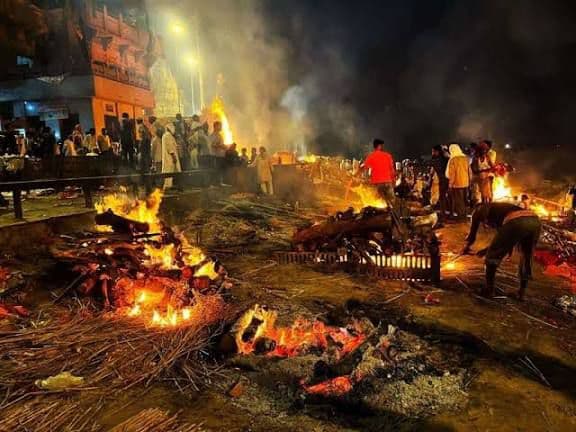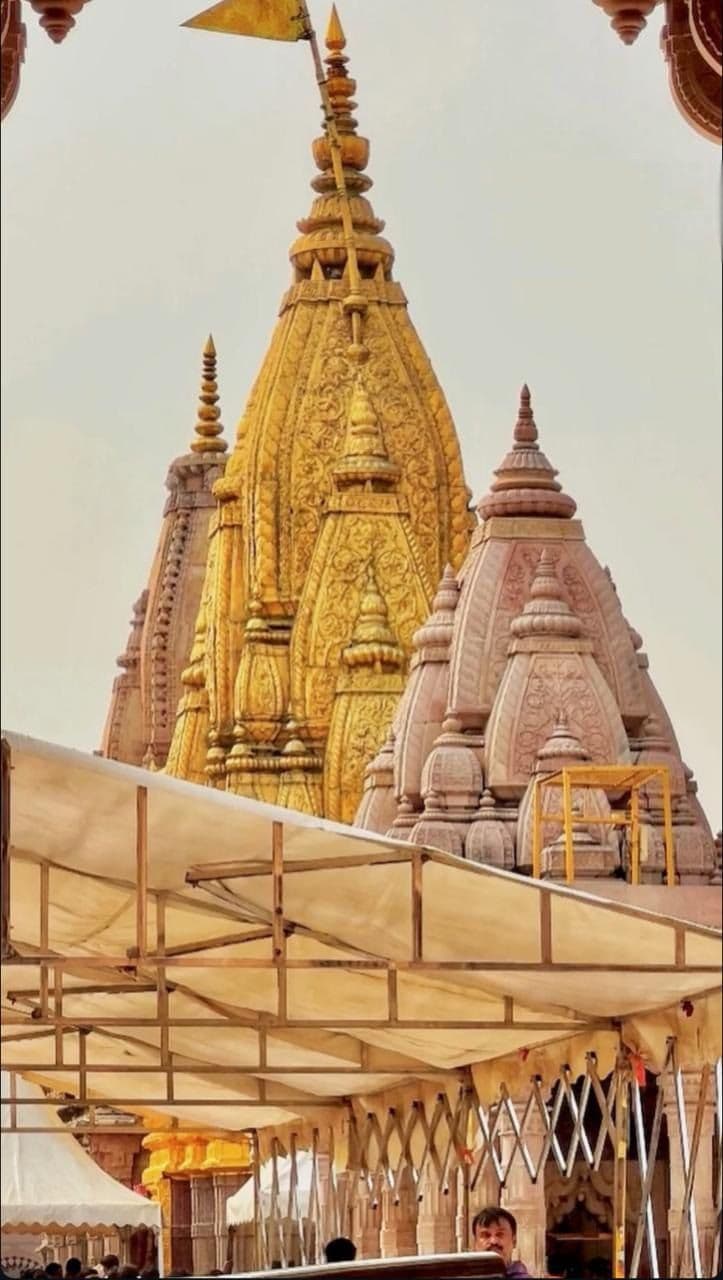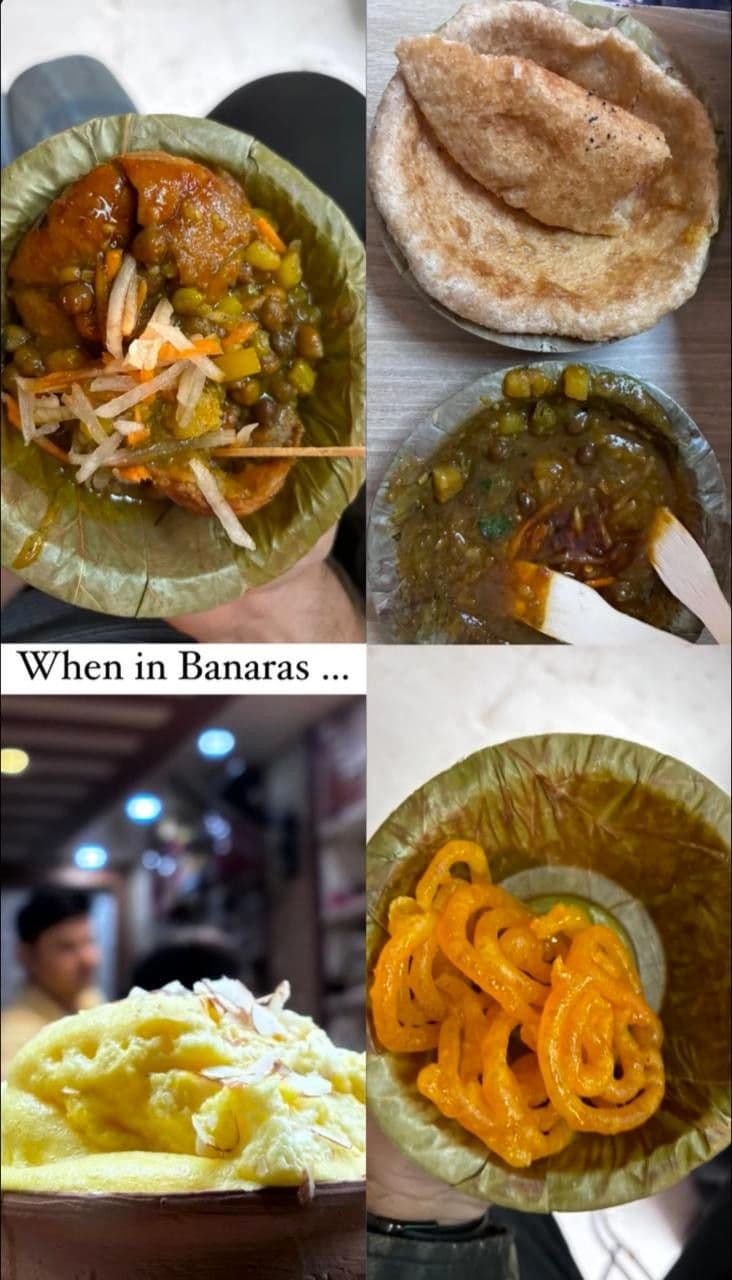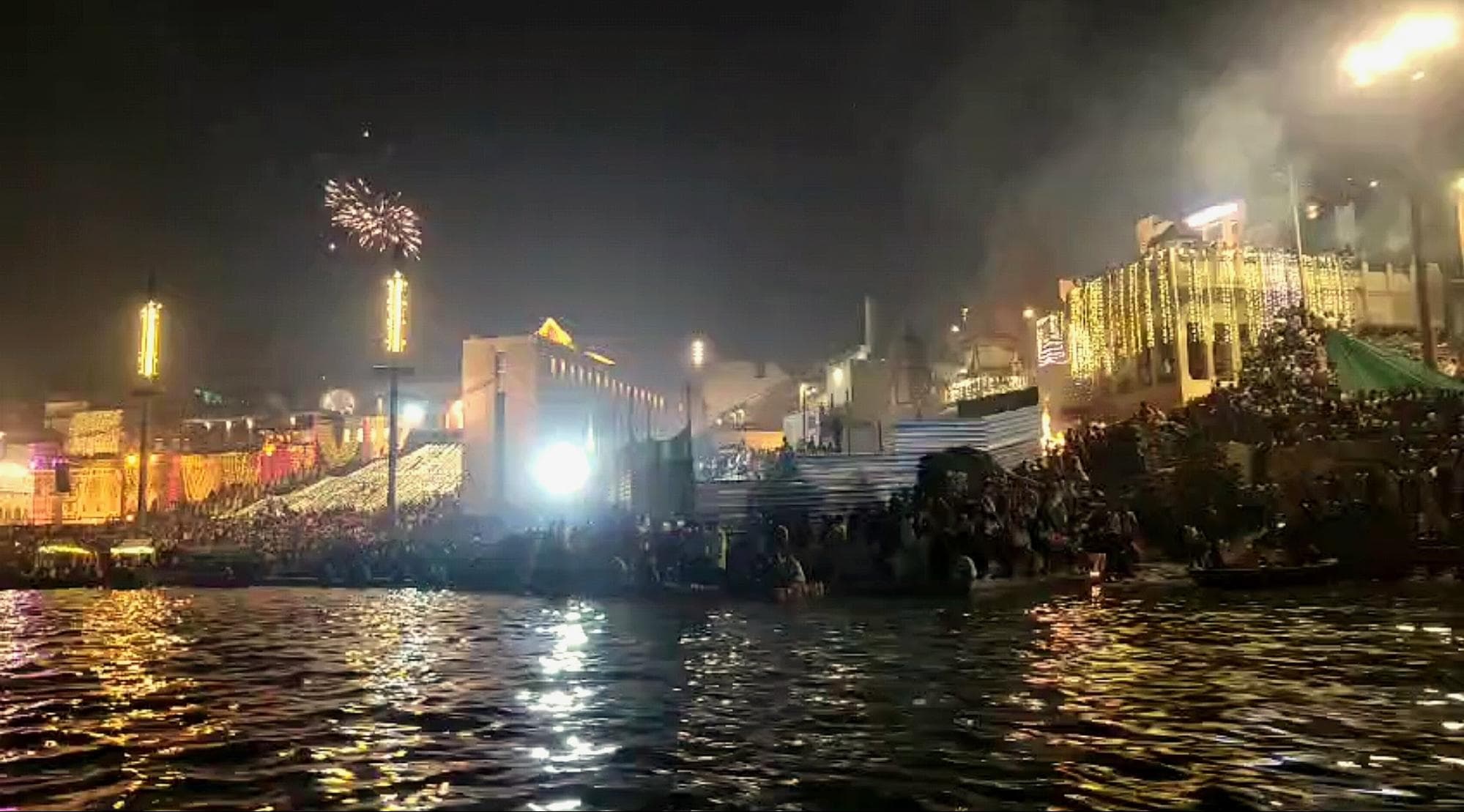There are cities you visit, and then there are cities that stay with you forever. Varanasi, also known as Banaras or Kashi, is one such place. Standing on the ghats, you see the Ganga flowing quietly. The calm water carries centuries of stories. Varanasi isn’t just one of the oldest inhabited cities in the world, it is its own civilization. One that has lived, prayed, and thrived on these banks for hundreds of years. Its roots go deep into ancient texts, traditions, and myths. Every street, every temple, and every ghat carries a piece of history.
Legend has it that Varanasi was founded by Lord Shiva around three thousand years ago. Archaeological findings indicate that a continuous settlement on the Ganges began around 1,000 BCE. Its origins are ancient, with its existence said to predate the Indian epic Mahabharata.

Its Unique Geography
The ancient city extends from the confluence of the Ganga and Varuna rivers in the north to the confluence of the Ganga and Assi rivers in the south. Between these two confluences, or as we call them sangam, lies a 6.2 km stretch of crescent shaped ghats. These are flights of stairs connecting land and foot access to bodies of water. The holy Ganges contains 84 ghats, each holding its own unique significance in the vast history of the grand old city.

There are many holy rivers, each having their own ghats, but what makes Ganga in Varanasi special is its flow. Ganga, throughout its course, flows southwards. But in Varanasi Ganga has a northward flow, or as we call it uttarvahini.
The Rhythm of the Ghats
Experiencing the ghats of Varanasi is a very energetic and soul soothing experience. Whether you are walking along the banks or riding a boat. As the first light touches the river, the ghats come alive: priests chanting, locals taking their sacred dip in the Ganga, and the sound of temple bells echoing through the mist. Dashashwamedh Ghat, in particular, turns magical every evening with the famous Ganga Aarti ritual. Lamps light up the night sky while chants rise like waves.
Each ghat has its own story. Harishchandra and Manikarnika Ghats are where the cycle of life and death plays out openly, reminding us of India’s unique way of embracing mortality with dignity as the cremation happens there. They are burning ghats where a pyre burns 24 hours a day. It is believed that Lord Shiva himself liberates the ones dying in Kashi from the sins committed throughout their lifetime. Such is the significance of Kashi. Assi Ghat, on the other hand, is more laid-back, where travelers sip chai and students play music at dusk.

Temples, Threads, and Timelessness
Varanasi is often called the ‘City of Temples.’ The Kashi Vishwanath Temple, dedicated to Lord Shiva, stands as its spiritual heartbeat. But beyond the sacred, the city is also known for its handwoven Banarasi silk. Walk through the narrow alleys and you’ll hear the rhythmic clatter of looms, weaving precious shimmering saris that take weeks, sometimes months, to complete. Owning a Banarasi saree is like wearing a piece of Indian heritage and we Indians save it for special occasions and festivals.

Food for the Soul
No journey in India is complete without food, and Varanasi offers flavors as deep as its history. Beginning with a steaming kullhad of chai at sunrise, and a plate of kachaudi-sabzi for breakfast, we really cannot miss the famous malaiyyo: a delicate winter sweet that gives a mouth feel of clouds. For lunch, locals will point you to simple thalis with seasonal vegetables and lentils. And of course, evenings are incomplete without chaat, especially tamaatar (tomato) chaat: crispy, tangy, and perfectly spiced. People end their meals with Benarasi paan, folded with betel leaf, nuts, and gulkand, as tradition demands.

Ayurveda and Healing in Kashi
While Varanasi is primarily known for its spiritual energy and is always flocked with pilgrims from around the world, Ayurveda has quietly thrived here too. Traditional herbal shops tucked into busy, narrow lanes sell age-old remedies for digestion, skin health, and immunity. Travelers often seek Ayurvedic massages or herbal teas to complement their spiritual journey. In Varanasi, spirituality and wellness are not separate but two sides of the same coin.
Varanasi Stays With You

Varanasi isn’t just a destination, it’s an emotion! It’s the sight of an old woman offering flowers to the Ganga, the perspective on life, death and faith, the sound of a sitar drifting from a balcony, the taste of a dish you’ve never had before but feels oddly familiar. It’s India in its purest form: raw, colorful, and eternal. And once you’ve experienced it, you’ll carry a little piece of Kashi with you, wherever you go.